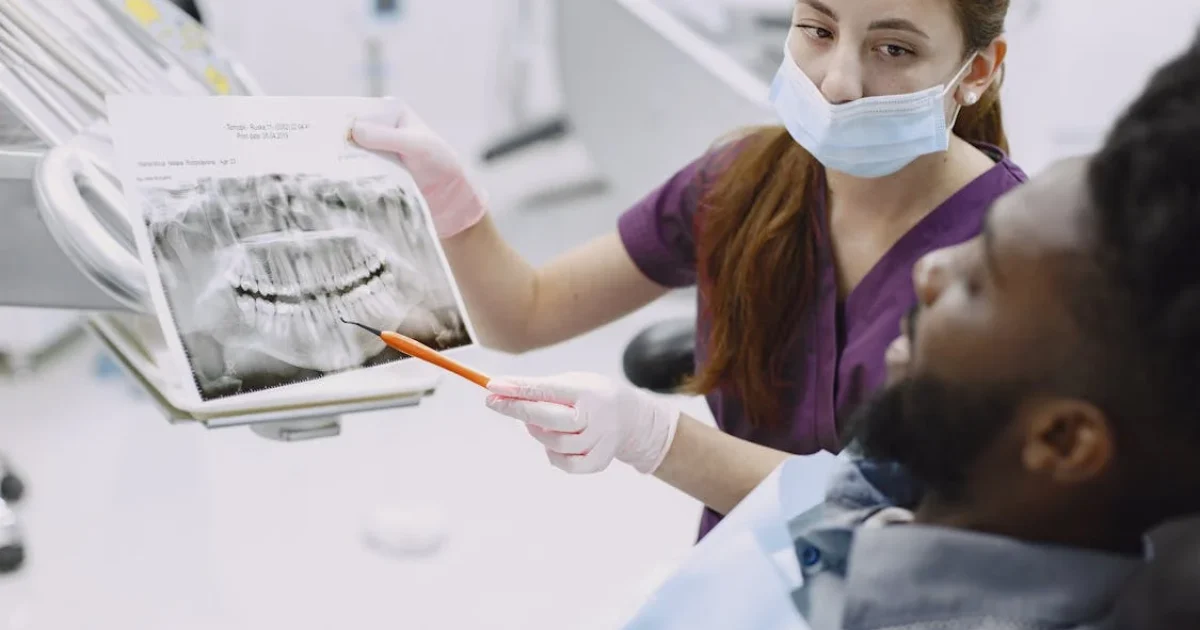How to Deal with Anxious Patients: A Guide for Dental Practices
Managing nervous patients can be one of the more challenging aspects of running a dental clinic. Many patients experience anxiety due to fear, discomfort, or negative memories from past visits, making even routine check-ups seem daunting. For any dental clinic, knowing how to deal with anxious dental patients is essential, not only for helping them feel more at ease but also for building trust and encouraging long-term patient loyalty. This article offers valuable tips on how to handle these interactions, ensuring a more comfortable and positive experience for anxious patients while enhancing the overall quality of care
1. Create a Calming Environment from the Moment They Arrive

Your interactions with nervous dental patients begin as soon as they walk into your clinic. Establishing a calm and welcoming atmosphere can greatly reduce their anxiety even before you start chatting. Small adjustments such as gentle lighting, soothing tunes, and a relaxed waiting space can have a big impact. It’s vital that your reception team is skilled in welcoming patients with warmth, kindness, and patience, as this establishes the mood for their entire appointment.
Consider using soothing colors for your office décor, offering stress-relieving amenities like herbal tea, and making sure the reception area doesn’t feel too clinical. These subtle environmental factors can help ease initial anxiety, making communication smoother.
2. Listen Actively and Acknowledge Their Fears

One of the most effective ways how to deal with anxious dental patients is through active listening. Instead of dismissing their concerns, acknowledge their fear and show empathy. Many anxious patients just want to feel heard. When a patient expresses their worry, you might respond with something like, “I understand that you’re feeling nervous. Let’s talk through what we can do to make this as comfortable as possible.”
It’s crucial to avoid interrupting or rushing through their concerns. Giving patients space to articulate their fears can foster trust and help them feel more in control of the situation. This is a fundamental step in building confidence and reducing anxiety.
3. Explain Procedures Clearly and Offer Control

Uncertainty is often a major factor contributing to dental anxiety. Communicating with anxious dental patients means being transparent and clear about what will happen during their visit. Before starting any procedure, take the time to explain each step in simple terms. Avoid using technical jargon that might confuse or intimidate them. You could say, “First, we’ll do a quick check, then take a few X-rays. I’ll let you know exactly what I’m doing every step of the way.”
Additionally, offering patients a sense of control is key to minimizing anxiety. For example, encourage them to raise their hand if they need a break during the procedure. This empowers the patient and gives them confidence that they can stop if they feel overwhelmed
4. Use Relaxation Techniques and Distraction Methods

For some anxious patients, focusing on relaxation or employing distraction methods can significantly improve their experience. As part of your strategy on how to deal with anxious dental patients, before or during treatment. You can guide them through breathing exercises as they sit in the chair, helping them feel more grounded and in control.
Distraction methods can also be helpful. For instance, some practices offer noise-canceling headphones with music or TV shows that patients can watch during their procedures. These distractions shift the patient’s focus away from their anxiety and create a more relaxed environment.
5. Follow Up After the Appointment

Your communication with anxious dental patients shouldn’t end after the appointment. Following up with these patients afterward shows genuine care and helps reinforce the trust you’ve built during their visit. A simple phone call or email to ask how they’re feeling and remind them that you’re available for any questions can go a long way in easing future anxieties.
A thoughtful follow-up can help solidify the relationship and make patients feel valued. It also provides an opportunity to collect feedback about their experience and continue improving your approach to patient care.






